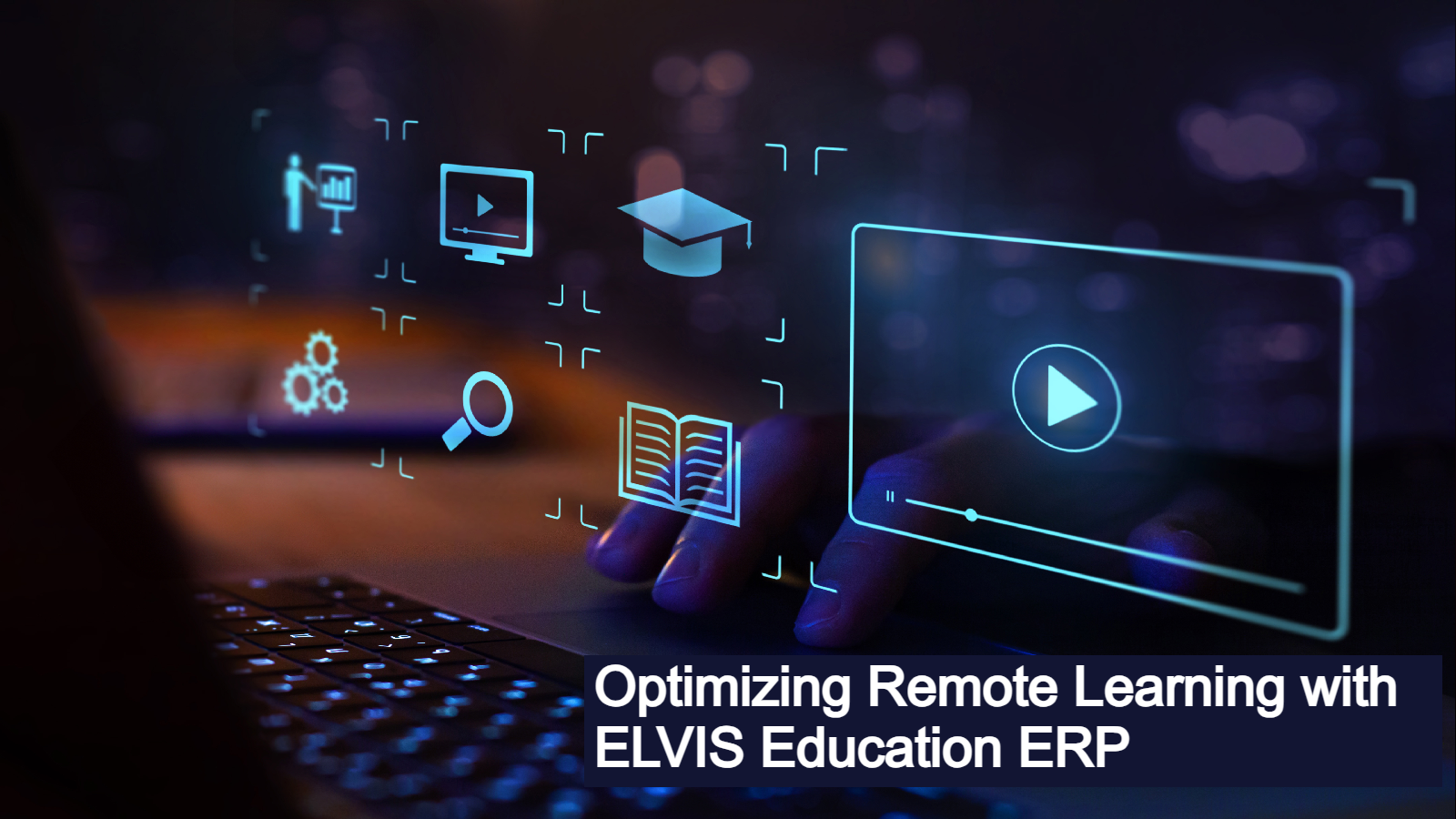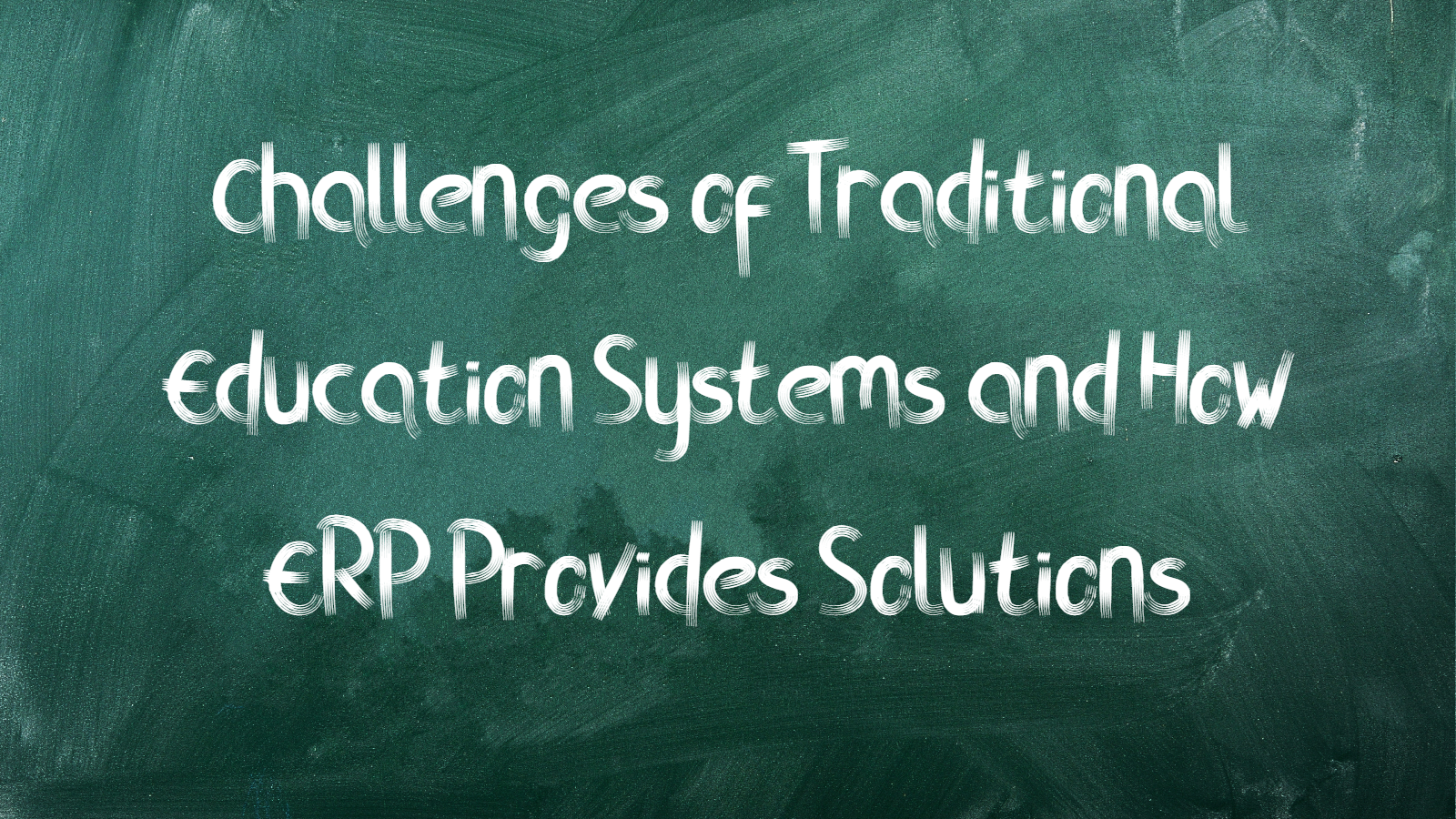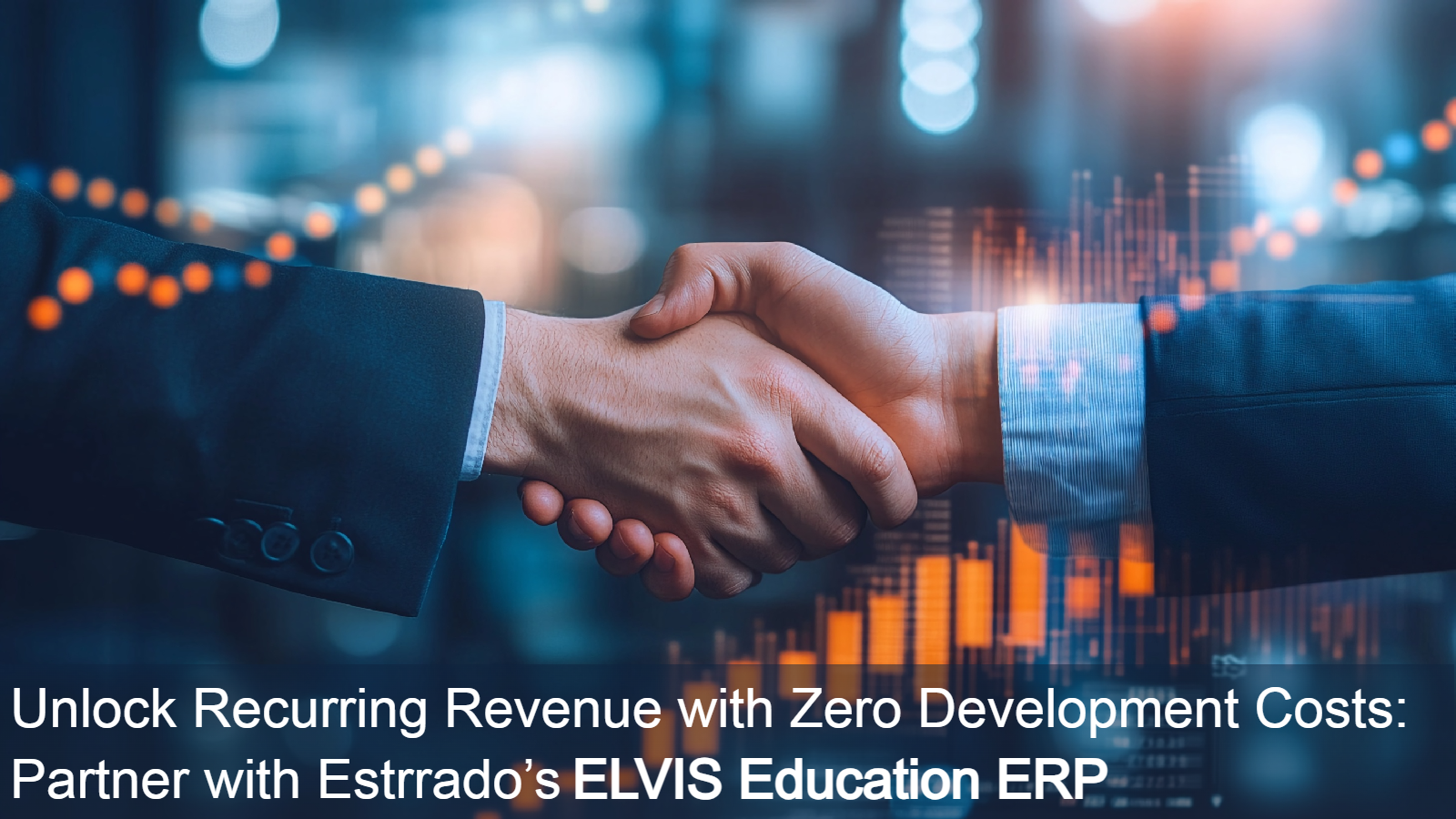Learning Management System for Institutions
Many educational institutions and businesses have begun to develop their own digital learning or training modules in order to provide students and employees with an efficient and well-organized learning platform via a Learning Management System (LMS). The LMS has gone through various iterations, delivering a variety of complex features and functions. When choosing an LMS for your institution, there are numerous factors to consider, and it’s critical to strike a balance between your needs, budget, and value for money and utility.
A Learning Management System (LMS) is a piece of software that can deliver, monitor, track, and report on the outcomes of online courses and training programs. An LMS has evolved into much more than a system for delivering courses in today’s world, and it has become a critical component of any learning strategy. The software solution can be run locally on company systems as well as remotely via the cloud. The educational institution can make use of online training options that are available to users 24*7. To work on courses at any time and from any location, all you need is a reliable internet connection. The capacity of the LMS to track reports aids in eLearning and course management goal achievement. The LMS combined with cloud software allows for content customization based on the needs of individual learners while also lowering labor and infrastructure costs. Let’s take a look at the aspects to think about while selecting an LMS platform for your institution.
- Understanding the learning needs
- Integration
- Mobile friendly
- Pricing
- Content and compatibility
- LMS configuration
- Scalability
- Analytics and report
- 24/7 customer support
- Security and reliability
- Online and offline training
- Automation
- Flexibility
- Enrollment
- Implementation time frame
- Future scope
Understanding the learning needs
Before deciding on a solution, it’s critical to understand your clients’ demands. Consider the case in which you must give students training programs in a specific coding language. And these students could be from different nations; therefore you’ll need to provide login credentials, navigation throughout the course, a quiz, a timer, progress evaluation, certifications, and a variety of other things. There is no requirement for a face-to-face conversation in this situation. If the students are concerned about their internet connection, you will need to supply them with offline materials.
Integration
It’s possible that users of your LMS will work on or communicate with various platforms at the same time. Integration capabilities like Single-Sign-On (SSO) and webhooks can help you better tailor your LMS in these situations. SSO allows users to log in to the LMS using the same credentials they use for other programs. A webhook is a terrific way to communicate in real time between your LMS and other enterprise platforms. You may also connect your LMS to social media networks like Twitter, Facebook, and LinkedIn, as well as gamification engines. This is a fantastic opportunity to broaden your audience.
Mobile friendly
The world is changing due to technological advancements, and everyone is becoming more familiar with mobile technology. When it comes to the educational sector, the majority of students choose to use mobile phones over other gadgets. They should be able to access the system from anywhere at any time. If the application is only available on a desktop or laptop, you risk losing some of your learning system’s prospective users. As a result, you should seriously consider integrating a mobile application into your LMS.
Pricing
When selecting the software for your school, it is critical to keep the budget in mind. The budget can differ from one seller to the next. Purchasers choose a well-structured, practical option, according to polls. The LMS is utilized not only by educational institutions, but also by a variety of businesses, hospitals, and other healthcare facilities, and the cost of the LMS will be equally flexible. LMS also has a SaaS (Software as a Service) pricing model, which allows users to pay a monthly charge for the features they utilize. Some LMS providers charge a one-time or annual license cost, as well as offer a free version of the software. The following are some examples of common pricing models:
- Monthly/Annual subscription
- Lifetime Licensing
- Upper threshold limit on user or content
- Per-user pricing
- Batch Discounts
Before finalizing the solution, you must undertake an in-depth study to determine if there are any hidden charges or extra penalties for exceeding the limit, as well as the cancellation policy.
Content and compatibility
The foundation of LMS software is content. All of the other aspects concentrate on the content or course material that users will receive. You can have a beneficial impact on learners if you have the correct content in the right place. You can use visual content to help students grasp the course better, as well as slides to help give exact information. As a result, the type of content you wish to have should come first. The specifications can range from a Word document to a PDF, from XML to a PowerPoint presentation, and from video streaming to an audio transcript. Quizzes, polls, and certifications, among other things, can be included in the content. All of these must be considered carefully before deciding on a platform. You must select a learning management system (LMS) that includes the following features:
- Credentials, both traditional and digital
- Assessment and testing methods.
- Microlearning
- Social learning
- Program evaluation
LMS configuration
The LMS vendors are trying to reach as many companies as possible with their solutions. The LMS suppliers will walk you through how the program works and how it might help your institution. The issue is that the suppliers will need you to make significant configuration decisions, some of which may be difficult to adjust or change later. The majority of suppliers attempt to educate institutions on the application, but it is impossible for them to learn all aspects of the platform in order to provide their clients with the necessary customer support, advice, or guidance. Vendors will have product expertise, and your team’s knowledge must meet somewhere in the middle to create the greatest potential result. Understanding your data and activities, as well as the system’s data fields, features, and capacities, are all factors in the configuration decisions.
Scalability
Every institution wants to expand, so what will happen to your LMS after you achieve that goal? Is it able to grow alongside you? In the world of eLearning, inflexible packages that can’t adjust to institutional needs are no longer acceptable. On a practical level, you should seek systems with administrative dashboards that allow institutions to enable and disable capabilities as and when they need them, without the need for professional help. The same may be said about payment methods. When selecting an LMS, avoid contracts that are rigid and do not take into account changing educational demands.
Analytics and report
When choosing an LMS, it is critical to have a thorough analysis and reporting solution. They have the ability to provide more information about the learners’ performance as well as the course’s effectiveness. As an administrator, it’s a fantastic tool for background monitoring. It will assist in determining the users’ learning proclivity. The institution can look at e-Learners’ thorough quiz reports and compliance tracking to see how much time they spend on each course and how many attempts they make to pass the quiz. The reports are divided into the following categories:
- Course reports Schedule, Enrollment, Assessment.
- User reports Active users, Login activities, User’s progress, Performance comparison.
- Custom reports: Tailored as per your requirements.
You can also set up a plan for reports to be generated automatically (daily, weekly, or monthly) and delivered to your inbox.
24/7 customer support
At the time of setup as well as on a regular basis, it is critical to have round-the-clock customer assistance from vendors to resolve concerns connected to functionality and maintenance. Before making a final decision on the software, research the vendor’s customer service quality and availability through multiple sites such as Quora, Facebook, and other social media platforms, or speak with the vendor’s customer service for further information. The most typical customer support services include live chat, email, and phone lines. Aside from that, knowledge-based support such as help guides and demonstration films assist with system setup. The customer support desk’s support readiness and knowledge skills speak volumes about how much they respect their clients!
Security and reliability
Almost every educational institution is protective of its confidential data. A security breach is one of the most serious dangers to an educational institution’s confidence and image. While representing your institution, it is your responsibility to ensure the data’s security and confidentiality. You have the right to know what encryption and security mechanisms the LMS uses. Firewalls and SSL can be used to improve security. Understanding the LMS’s downtime, disaster management, and contingency planning will help you determine its dependability. The LMS should assist the learners at this critical juncture. If the software’s server goes down, the users will be uncomfortable. You can look over previous seller reviews on social media channels to make an informed decision.
Online and offline training
The best Learning Management System (LMS) enables you to track all types of training, from eLearning to classroom courses. Your learning strategy will be streamlined across the institution if you have a system that allows you to manage your whole learning strategy, including setting enrollment criteria, building online course catalogs, and arranging classroom training.
Automation
In today’s world, we increasingly rely on technology to make our lives easier. This includes educational systems. You want your LMS to handle the heavy lifting when it comes to certifying learners and ensuring they’re retrained at the appropriate intervals. An LMS that can take action depending on preset criteria, such as asking your learner to retake a course after a year, will make your LMS admin’s life much easier.
Flexibility
Flexibility and responsiveness go hand in one. You should ensure that the program is responsive enough to work on a variety of devices. Keep in mind that the number of mobile users has exploded, to the point where more individuals are accessing learning programs via their phones rather than their computers. As a result, it’s critical that you pick versatile software that can run on a wide range of systems.
Enrollment
How will students enroll in the courses and register for them? Automatically, manually, or upon any sort of engagement with an instructor or oneself, such as a pre-test, welcome email, or phone call? Consider your sales pipeline carefully and put yourself in the shoes of a customer. How do you envision the perfect sales and enrollment process? Make a flowchart and show it to LMS vendors so they can tell you if their system can handle it.
Implementation time frame
The length of time it takes to implement an LMS varies greatly depending on the complexity of the integration and the vendor’s efficiency. We’re talking about periods of time ranging from a few hours to a few years. The internal practices of your institution also play a role in ensuring a smooth launch. When evaluating LMS providers, it’s a good idea to inquire about timelines. It will provide you with a clear picture of how prepared they are to assist you in meeting crucial learning deadlines.
Many of these won’t matter if you’re getting an out-of-the-box cloud solution, but it’s still a good idea to inquire about timescales for things like requirements workshops, data migration, admin training, and so on. Remember to ask about other firms with similar requirements and how long it took them to get up and operating. This provides you with a better idea of how long it will take.
Future scope
Finally, there’s the scope for the future! Upgrading frequently is a sign of progress and keeping up with the pace of technological advancement. Examine how frequently the LMS is updated, how active the community is, and how well assistance is handled. The LMS’s previous roadmap is self-explanatory. Try to grasp the present version of the LMS and its ability to accommodate future modifications, as well as the procedure and time required to set up new versions, backward compatibility, and additional costs associated with future functionality extensions.
Wrap up
It’s not easy to pick the right LMS software for your institution. To arrive at a single solution, you must go through multiple steps and stages. The guidelines listed above are the most important factors to consider when selecting a platform that meets your learners’ needs. The solution you choose must be compatible with the objectives you’ve defined. Robust software benefits not only the students but also your institution’s growth and market reputation. As a result, you must exercise caution while selecting an LMS solution for your institution.








